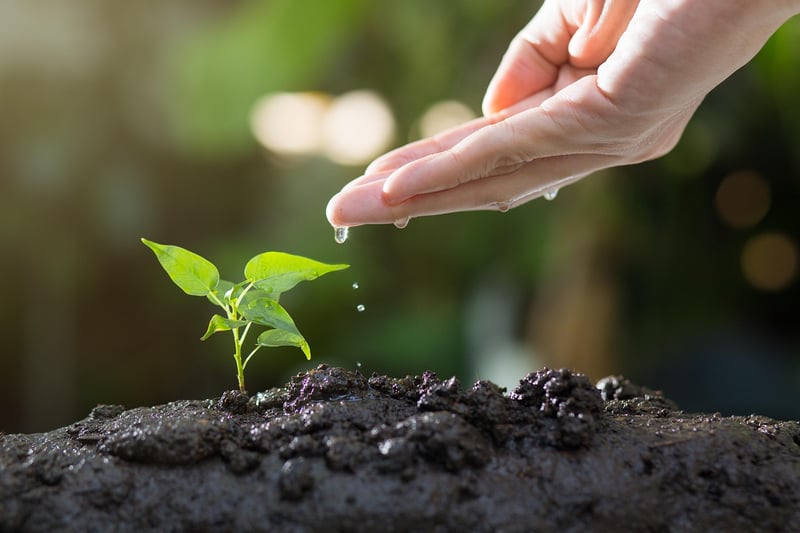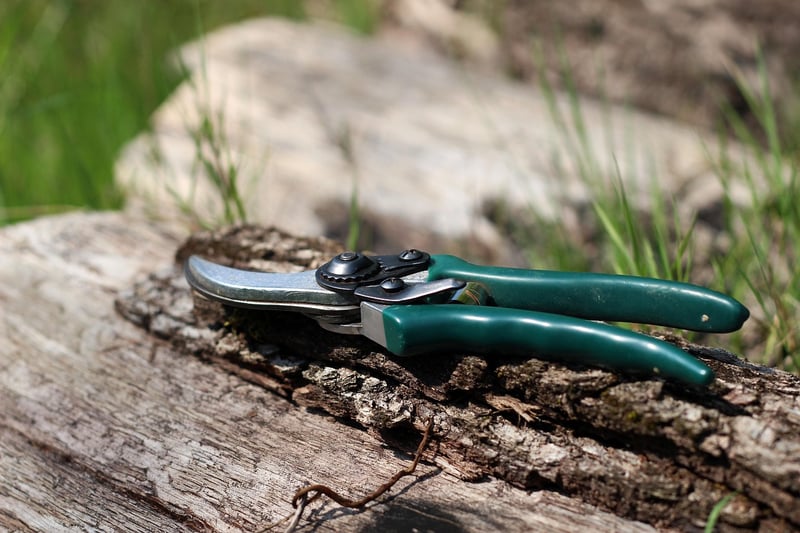Pruning Techniques
Keeping Your Garden Healthy: Essential Pruning Techniques
Having a beautiful and healthy garden requires more than just watering your plants. Pruning is a crucial aspect of garden maintenance that can help ensure your plants thrive and flourish. By understanding the proper techniques for pruning, you can promote growth, improve air circulation, and enhance the overall appearance of your garden.
Why Pruning is Important
Pruning is the process of selectively removing parts of a plant, such as branches, buds, or roots, to help the plant grow better. Here are some key reasons why pruning is essential for maintaining a healthy garden:
- Promotes plant growth by stimulating new shoots and branches.
- Improves air circulation and sunlight penetration, which are vital for plant health.
- Helps maintain the shape and appearance of the plant.
- Prevents disease by removing dead or diseased parts that can spread infection.
- Increases fruit and flower production by directing energy to productive areas.
Pruning Techniques
When it comes to pruning your garden, it's important to use the right tools and techniques to avoid damaging your plants. Here are some essential pruning techniques to keep your garden in top shape:
- Clean Cuts: Always use sharp and clean pruning tools to make precise cuts. Avoid tearing or crushing the plant tissue, as this can lead to infections.
- Timing: Prune plants at the right time of year to promote healthy growth. Different plants require pruning at specific times, so be sure to research the optimal pruning time for each species.
- Remove Dead or Diseased Branches: Trim back any dead or diseased branches to prevent the spread of infection and encourage new growth.
- Thinning: Remove overcrowded or crossing branches to improve air circulation and promote a healthier structure for the plant.
- Heading Back: Cut back the tips of branches to promote branching and denser growth. This technique is often used for shaping hedges or bushes.
- Pinching: Pinch off the tips of young plant shoots to encourage bushier growth and more flowers or fruits.
Conclusion
Pruning is an essential practice for maintaining a healthy and thriving garden. By mastering the proper pruning techniques and following the right timing, you can enhance the growth, appearance, and productivity of your plants. Remember to always use sharp and clean tools, make precise cuts, and remove dead or diseased branches to keep your garden in top condition.
Happy pruning and happy gardening!

Image source: Pixabay
